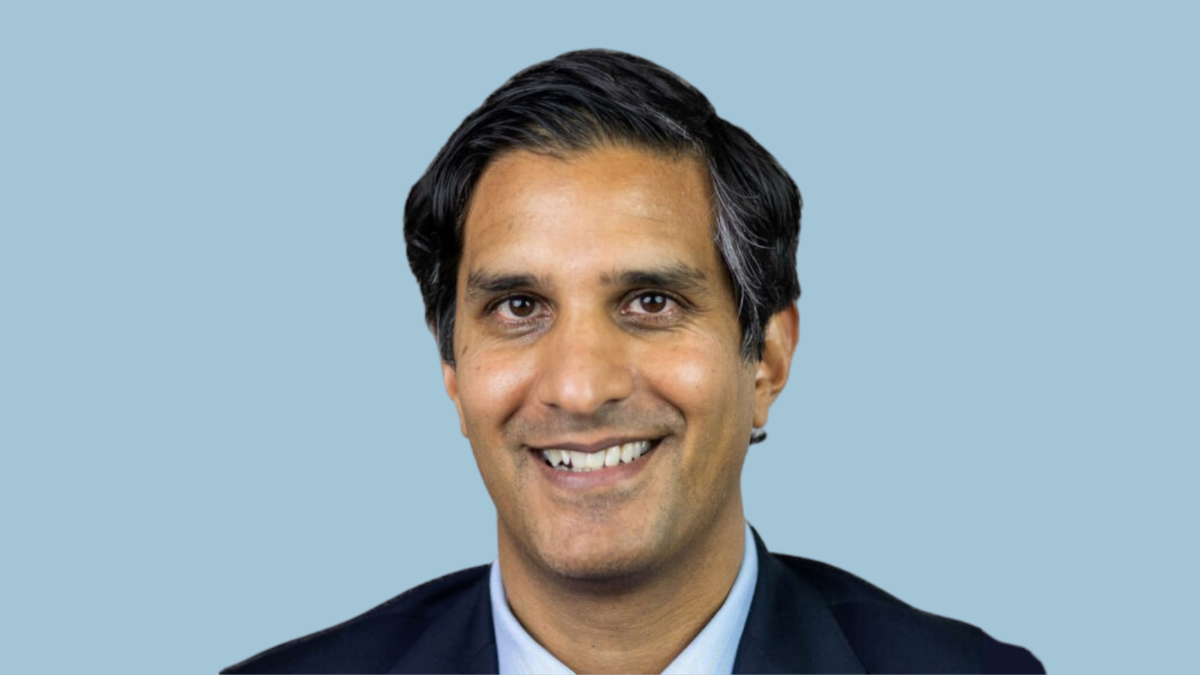End games: Liquidity crunch tops tail-risk fears
The poll of 400 investment professionals across six major economies found a liquidity crunch in a key market sector such as US Treasuries ranked as the number one global tail risk.
“Of the investors we surveyed, the tail-risk scenario seen as having the greatest market impact and one for which they are least prepared is a major liquidity event in financial markets,” the PGIM report says.
Specifically, the study says if the US Treasuries market seizes-up investors would have nowhere to hide.
“A reduction in global liquidity could pave the way for disruptions in the proper behavior of financial markets and, in the worst cases, suppress investor risk appetite to the point it leads to malfunctioning markets,” the PGIM paper says. “The cascading effects would bleed into assets that investors have moved into heavily and would likely involve counterparty risks. Neither capital providers nor investors would necessarily be prepared for that.”
While the report says a US Treasuries meltdown remains unlikely, investors have seen a preview of such a disaster in earlier liquidity issues in the market – notably, during the 2018 ‘taper tantrum’ and the March 2020 COVID panic.
The UK gilt crisis, triggered at the end of September by an on-the-nose ‘mini-budget’ combining with pension fund risk management strategies, offers a more recent example of why developed markets are not immune to any sovereign bond liquidity crunch.
According to the PGIM report, the UK gilt run served as a sharp “reminder for investors that if tail risks materialize… even de-risking strategies can get caught up in a market spiral”.
Aside from liquidity fears, respondents rate a China-Taiwan conflict and a cyber-attack on a “major financial platform” among the top three tail-risks. Meanwhile, the study found investors “see inflation as the primary market risk (69 per cent high risk), followed by recession (57 per cent), interest rate risk and stock market risk (both 42 per cent)”.
“Inflation and recession risk are considered the biggest market risks across all regions and particularly among investors in the US and Europe,” the PGIM report says. “US investors display more divergent views. Stock market risk is seen as a greater risk – reflecting in part the fact that US markets have been more impacted by the rotation from growth-oriented tech stocks to value stocks.”
Just three per cent of investors surveyed have tail-risk managers on-staff, the study says, while less than 40 per cent “actively monitor” dangers outside the statistical norms.
However, even those groups that do keep a black-swan watch are no-better prepared for managing tail-risk outcomes “indicating that more help is needed on this front”, the report says.
Daleep Singh, PGIM fixed income chief economist (photo at top), says: “We can’t just focus on failures that we remember. No one’s going to forget this pandemic. We have not forgotten the great financial crisis or the dot-com bubble.
“Where risk managers, portfolio managers and economists will fail will be a failure of imagination, if we are not careful. So we’ve got to really commit to a process of thinking about scenarios across the entire probability distribution outcomes, especially tail scenarios.”
While identifying imminent black swan attacks is inherently fraught given the ‘unknown unknowns’ involved, the PGIM study says investors can best defend against tail-risk by following the standard guidance of “taking a long-term view and diversifying portfolios”.
The survey, carried out by Australia-based research firm CoreData, tapped over 400 investors in Australia, China, Germany, Japan, the UK and the US.










